flickr
Sunday, April 21, 2024
I identified that my formerly robust system of data backups, particularly for photos, was no longer great.
A combination of frugality and simplification had gone too far.
Some time ago I deleted my Backblaze account. Recently I deleted my Flickr account. That left me only with iCloud Photos, which is a sync service and not a true backup. This doesn’t protect my old Lightroom .dng files, nor anything else that isn’t a photo.
I tried using my OneDrive account, but attempts to upload large volumes of files through the web interface and disabling the relevant folder through the OneDrive client to avoid multiple download/duplications failed. OneDrive on the web borked at the folders - I don’t know why, and nor did I have the patience to investigate deeply.
I asked my brains trust over at the Hemispheric Views Discord, and the answer was Backblaze. So, I’ve returned to that service, tail between my legs.
My other option was to dig out my spinning disk caddy, and buy a hard drive, but that sounded like more physical labour than I was motivated to achieve.
As Backblaze once again sends terabytes of data from my system to its data centres, I feel some sympathy for the machines. But seriously, NBN, can we please get some faster upload speeds?
Friday, February 2, 2024 →
I’ve decided not to renew my Flickr Pro account. I’ve had it for years and years. I don’t use the service enough to justify the cost. Sorry for any link breakage that may occur!
Thursday, November 30, 2023

I can’t.
Tuesday, October 3, 2023
This article was originally written for the November 2022 edition of Hemispheric News, delivered as part of the Hemispheric Views podcast member bonus program, One Prime Plus.
Martin has set me a challenge as to what to write about this month. He told me I have to write something about old office technology; maybe an office app feature that I used to use, or something similar.
Because I’m so old, I have many topics to potentially write about; but also because I’m old I have forgotten so many of them.
Ideas that I considered and discarded: fax machines, binding machines, shredders, Lotus Notes, Windows NT Workstation… All great things that I had to deal with that Martin did not.
Today, however, I wish to write about Object Linking and Embedding.
In our current era we take embedding items as a given, notably in web pages, where elements are easily embedded, be they Flickr images, Twitter tweets, or podcast episodes. Adding multiple content forms in a single page is not innovative in 2022.
There was a time, however, where embedding items from one place into another was indeed innovative. It was Microsoft leading the innovation as they pushed the concept of OLE - Object Linking and Embedding. How amazing would it be to embed a live spreadsheet chart into your Word document. Make a change in the spreadsheet, and suddenly the chart data in your report is updated! Incredible! Excel not cool enough for you? No problem, create a view in Access and include that in your Word file. This was a time when the combined power of the MS Office Suite with its stylised puzzle art design on the box, actually made sense. You weren’t using a single application one at a time; you were working within a connected ecosystem.

At least… that was the dream.
Now it’s time to hit you with a dose of the reality from those times I tried to use OLE in a meaningful way within a work context. There were a number of drawbacks that I can recall — and I’m sure there were others that I do not. Let’s work through the shortlist of those I do:
- PC Speed. The 166 MHz Pentium I was probably using, that would also have had limited RAM, didn’t love running multiple applications at one time. Having to run an instance of one program inside another one; well that made everything that much worse.
- Hard Drives. Have you forgotten how slow spinning hard drives are? Try to think how slow a 5400RPM drive, running in an old PC with limited throughput, might handle swap files, which once OLE was enabled, was an automatic outcome.
- File Servers & Sharing. This was an era of local files and a bit of network sharing via Novell Netware, or maybe the first instance of Microsoft’s network stack. I recall for a long time we had to use a terrible Document Management System called Hummingbird, which added version control and check-in/check-out features. Now imagine how well a system like that worked when one file was calling the contents of another file embedded within it. More often than not, if it was somebody else opening the file, they wouldn’t have access to the embedded data.
- Printing. We used to print a lot. It was surprisingly difficult to get the window into the data displayed on screen in such a way that it would also print that way. And heaven help you if somebody clicked inside the OLE to activate it. There went your careful print-aligned view.
To be fair to Microsoft, they weren’t the only company going down this path. Apple tried something similar with the OpenDoc standard. It too, didn’t deliver.
In hindsight, all these years on, it is evident that this technology didn’t work. The ideas, however, of embedded content and live data, made sense. With web applications backed by database systems we’ve now arrived at a similar destination, albeit via a different route. However, I’m still not sure we have hit upon a complete standard, that OLE tried to deliver.
Maybe one day. For now, though, I do not miss OLE.
Sunday, September 10, 2023 →
I’ve cancelled my Backblaze account. Photos continue to be backed up across iCloud and Flickr. Everything else? 🤷♂️
Sunday, April 10, 2022

It was a lot of fun to host another Hemispheric Views live event this morning. This time, Jason was unboxing an official AppleTV+ Severance gift box he had acquired.
The event featured Severance talk, Severance sound clips and music from the show - even some Defiant Jazz.
There were many amazing goodies in the box. You can see some photos of the items at the Hemispheric Views photo album.
My thanks to our One Prime Plus members who joined in the event and helped make it a success!
Tuesday, March 22, 2022 →
I can’t figure out why Flickr has two different types of Pro badge. One is black with a square surrounding the word Pro, and the other is blue with a pink underline.
Monday, March 21, 2022 →
I’ve been exploring Flickr again. I’m still a Pro, so I should try to get my money’s worth.
Friday, August 20, 2021
Today I pulled my old cameras out from storage.
This was prompted by my trial of Glass, and the reminder that my Flickr account still exists.
I haven’t had much time to do anything with them, except charge the battery and try to reset them back to a state where they were taking jpegs and letting the camera intelligence do the work.
In a sign of how long they’ve been sitting around for, every camera needed its clock reset. I also seem to have lost some SD cards - does anybody know where I put them?
I took two photos with each camera from roughly the same position. It wasn’t too scientific, so don’t necessarily read too much into the results, but it’s kind of interesting.
My cameras are (with links to relevant pages at DPReview:
Shot 1: Sound Panels
LX3

GX7

D7000

XR

Shot 2: Tchotchkes
LX3
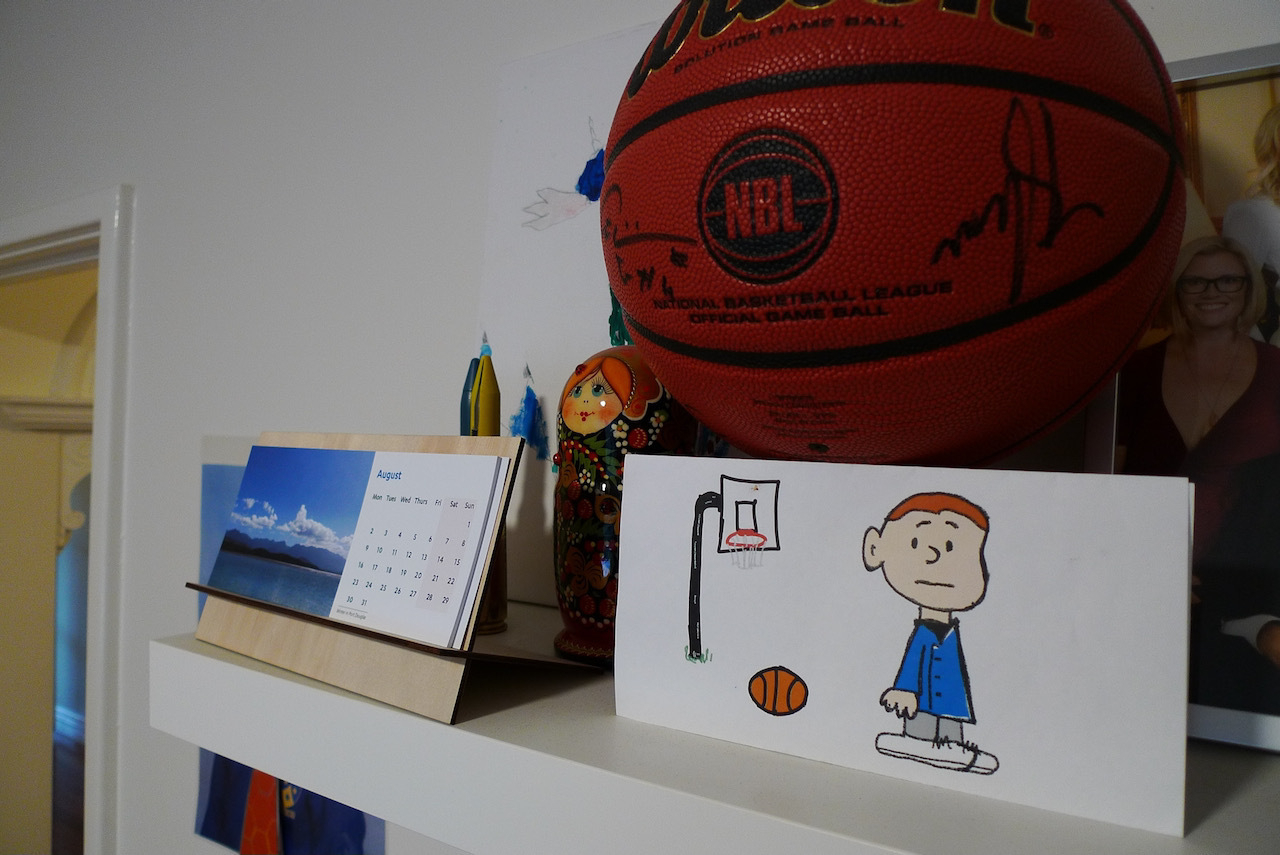
GX7

D7000
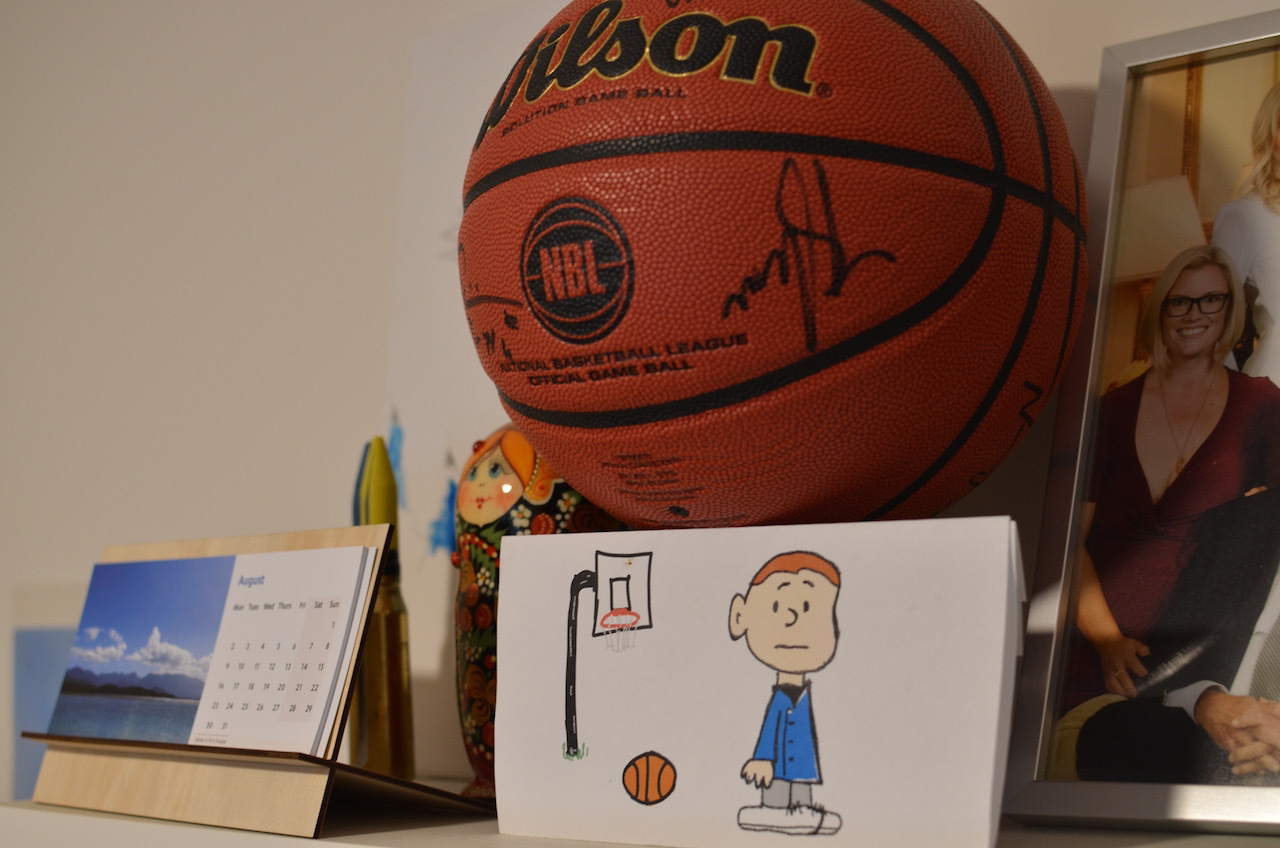
XR
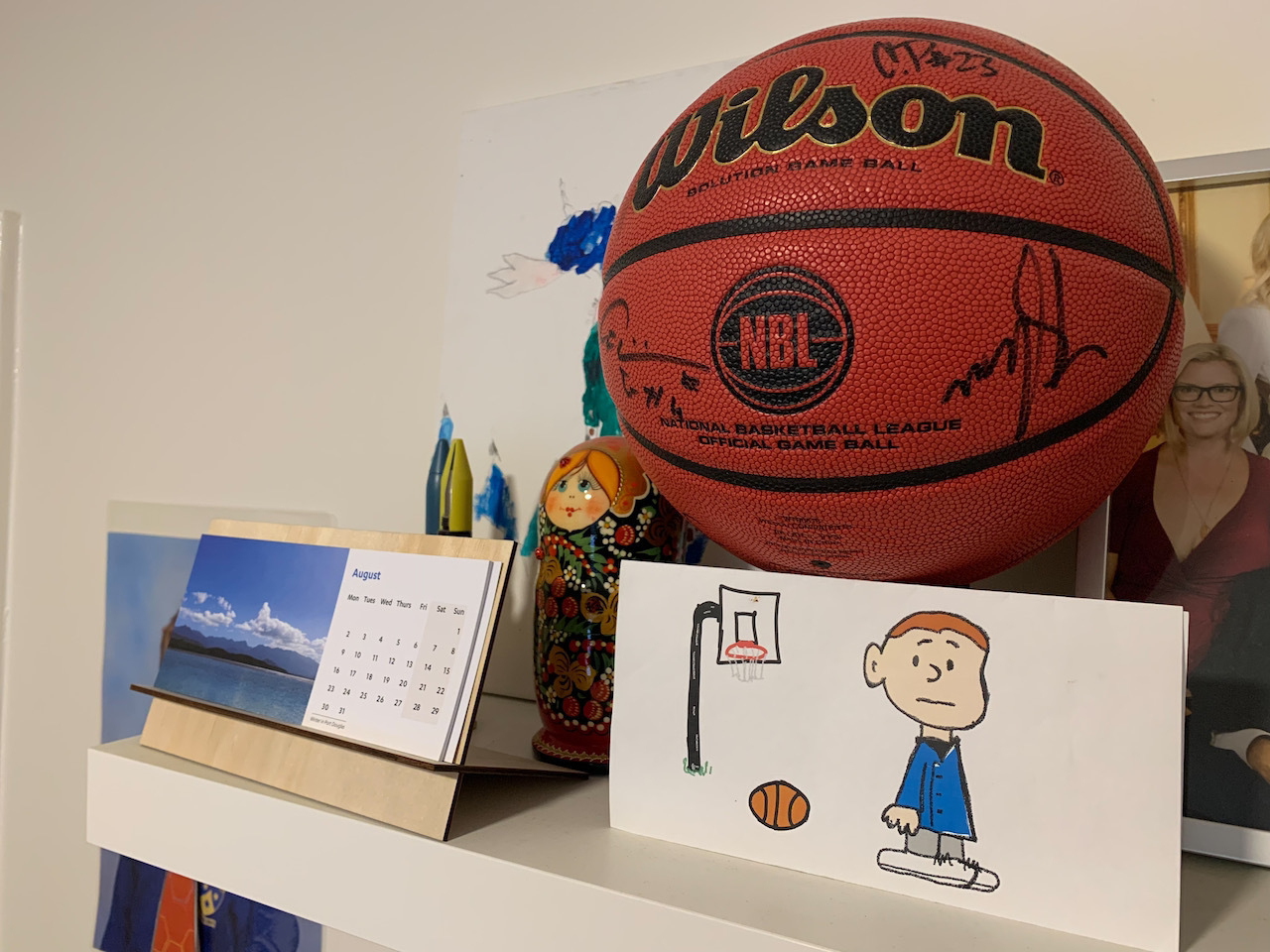
Findings
Each progressive generation gets better at capturing light, leading to brighter images. The iPhone and its computational photography has to be the greatest revolution in photography since the digital camera was born. Keep in mind that I’m using an iPhone several generations old, and that some of the greatest advancements since this model have been low light capture.
It was nice to pull out the old cameras though, and I think the D7000 and GX7 in particular still offer some value in terms of a change-up from typical iPhone shots.
At this point, the LX3 probably needs to be consigned to use only for outdoor shots with reasonable light.
Wednesday, August 18, 2021 →
Exploring Glass encouraged me to revisit Flickr. The latter is technically better (despite the bugs and UC mishmash) but people are active on Glass. If I could have only one, it would still be Flickr. Why can’t that site be more successful? 📷
Saturday, March 20, 2021 →

Me and my boys. Benji refuses to smile for any photo.
Sunday, March 7, 2021
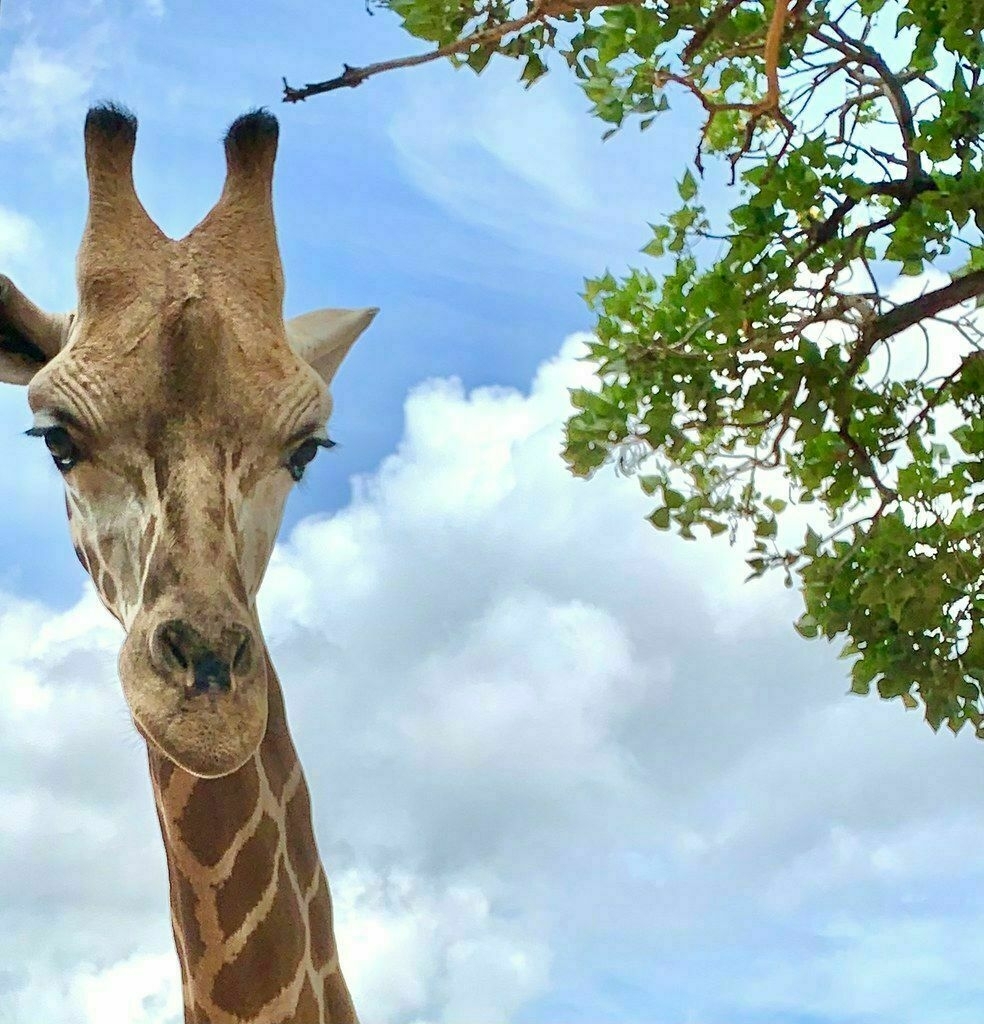 Giraffe
Giraffe
It was amazing to be able to see the giraffes at Perth Zoo close-up yesterday. They have big heads!
Tuesday, February 2, 2021 →
Who does Flickr? I use it as a storage location, but I admit I don’t have a community over there. Now I’ve ditched Instagram, I wish it had more people and everyday photos in addition to the ‘high art' that tends to be its focus.
Thursday, April 16, 2020 →
 Coffee shop visit with my baby boy.
Coffee shop visit with my baby boy.
Thursday, January 30, 2020 →
Our second boy is entering his Lego play phase. I’m thankful my wife colour-coded our massive stockpile of Lego to simplify reconstruction efforts.

Sunday, January 12, 2020 →
We are enjoying the quintessential Australian summer caravan park holiday. 
Thursday, January 2, 2020 →
My 2019 Goodreads Year in Books

Sunday, December 22, 2019 →
 Testing the @johnjohnston Flickr linkr bookmarklet. Many years ago, this happened to my office cubicle.
Testing the @johnjohnston Flickr linkr bookmarklet. Many years ago, this happened to my office cubicle.
Wednesday, March 6, 2019
 Park within the lines.
Park within the lines.
Monday, March 4, 2019
Roaming through my Flickr history, I came across this gem.
We really smashed the Christmas decorating out of the park this year, as my cubicle was transformed into a gingerbread house.
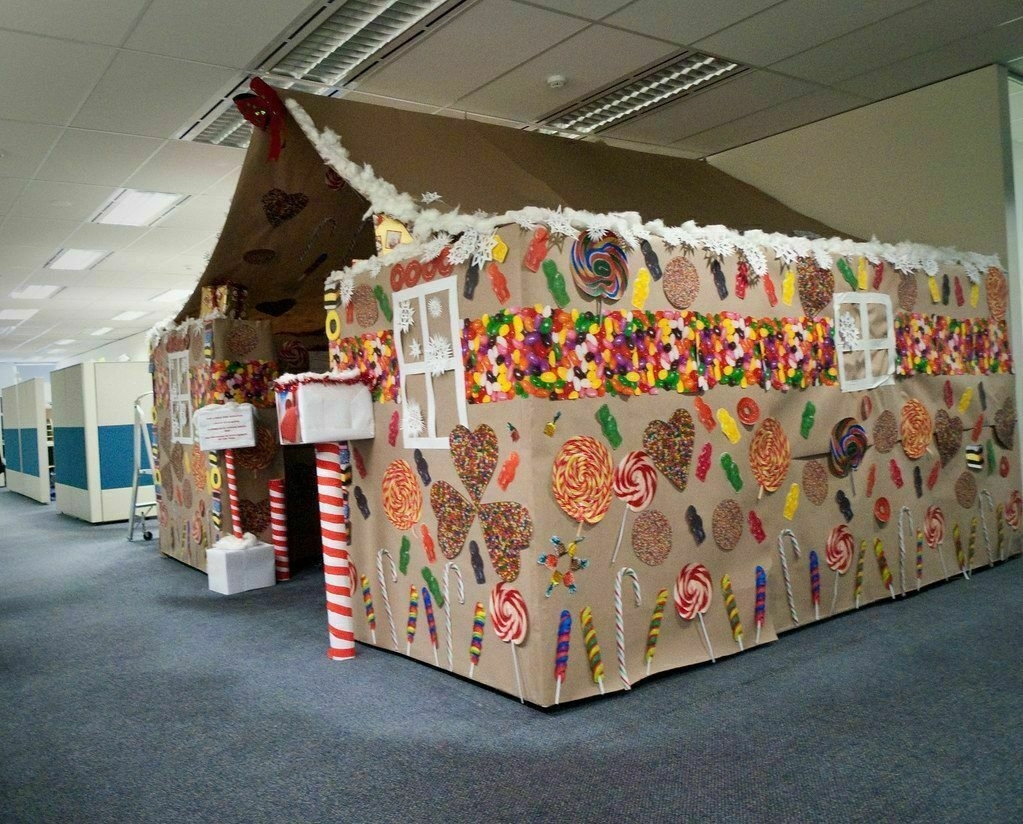 Gingerbread House Cubicle
Gingerbread House Cubicle
Sunday, March 3, 2019
Just trialing an embed from Flickr, as I determine whether to re-activate my Pro account.
 _DSC0038.jpg
_DSC0038.jpg













 Coffee shop visit with my baby boy.
Coffee shop visit with my baby boy.


 Testing the
Testing the 

